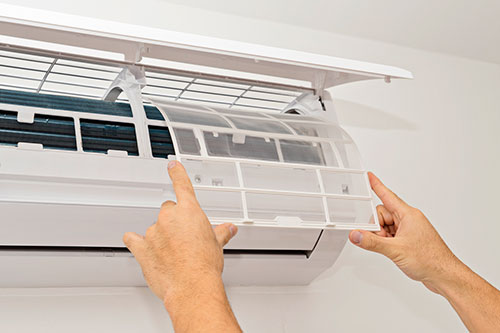From the kitchen to the basement, indoor air quality is important for homebuyers. With these tips and considerations, builders can add valuable selling points to their homes, while ensuring that buyers will be breathing clean, safe air.
Why it’s an Issue
In an effort to increase energy savings, more and more builders are tightening the building envelope of their homes. While this can provide substantial energy savings, it can also reduce the air exchange through the building shell. When this happens, a home can build up with indoor air pollutants, such as dust mite feces, radon and volatile organic compounds (VOCs).
Conscientious builders can leverage a number of techniques to help address potential air quality problems. Among the most effective include:
- Protect against mold. Build in extra mold and moisture protection with water-managed walls, roofs and foundations. You should also include damp-proof foundation walls, proper air sealing and flashing, drain tile, continuous drainage planes, capillary breaks and proper grading.
- Keep pests at bay. Since insects and rodents can negatively impact air quality, it’s important to fully seal, caulk or screen all the most likely entry points. You should also reduce the need for pesticides by combining appropriate pest management techniques with physical barriers.
- Keep the air flowing. Be sure to employ best-practice installation and design of ducts to minimize the risk of condensation issues. You can also use spot and whole-house ventilation, along with air filtration to help exhaust and dilute indoor pollutants and remove airborne particulates.
- Guard against radon. If you are building in potentially high-radon areas, it’s important to incorporate radon-resistant construction. This means adding plastic and gravel sheeting beneath slabs and fully sealing foundation penetrations. You can also add plastic vent pipes that run from beneath the slab through the roof, along with an attic receptacle for an electrical fan that connects to a vent pipe.
- Protect against combustion gases. You can help reduce exposure to combustion gases by adding power-vented or direct- oil/gas-fired equipment. Fireplaces should also be properly vented, and garages should include an exhaust fan and be completely sealed from all living spaces. Every sleeping area should be equipped with carbon monoxide alarms if combustion is a part of your build.
- Avoid laying carpet. Since it harbors allergens, carpet can reduce air quality, increasing the risk of seasonal allergies and asthma. If you want to use air quality as a major selling point for your build, install hard surfaces wherever you can.
In addition to these strategies, builders can limit sources of pollutants by choosing materials that have reduced chemical content and minimize risk of moisture damage.
However they decide to do it, when builders take steps to improve indoor air quality, they can add valuable selling points to their builds. This can be an effective way to differentiate a property in competitive marketplaces with similar inventories. It’s also an important step toward offsetting the potential negative side-effects that come with tightening the building envelope of a home.
2-10 HBW Structural Warranties can protect builders and their buyers from devastating structural problems. But, maybe even more importantly, they give homeowners that all-too-important peace of mind that when something goes wrong, they’re covered.








